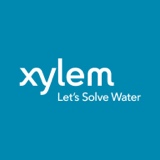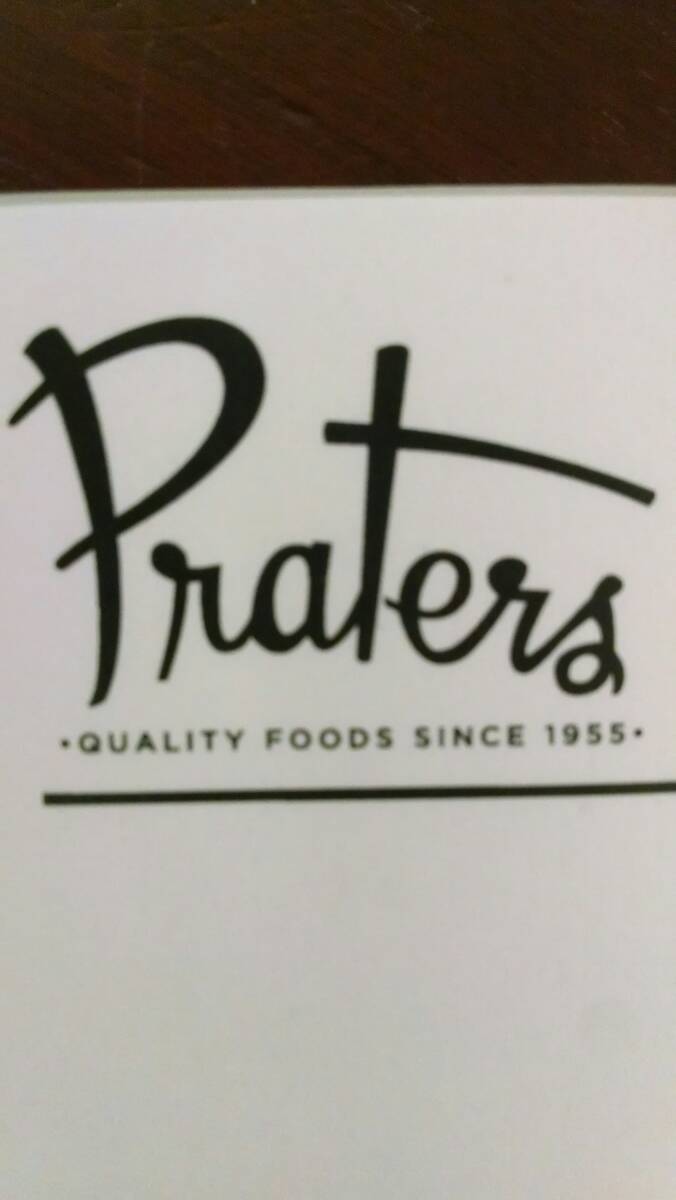Title Page
-
Site conducted
-
Conducted on
-
Prepared by
Untitled Page
1.0 Training Program (Safety / Training Department)
-
Are employees doing hot work trained in safe operation of equipment and safe use of the process? 1910.252(a)(2)(xiii)©
-
The site has a training for fire watches on the use of fire extinguishing equipment and how to sound the emergency alarm? 1910.252(a)(2)(iii)(B)
2.0 Program Specifications (Safety / Training Department)
-
There is a Hot work program in place? 1910.252
-
The hot work program has procedures for fire prevention and protection? 1910.252 (a) Including: Removing fire hazards, guarding the fire hazards or not performing the work.
-
The hot work program identifies procedures for welding or cutting of containers, including venting, purging and used containers? 1910.252(3)
-
The hot work program identifies procedures for confined spaces? 1910.252 (a)(4) & 1910.252 (b)(4). This includes accidental contact, torch valve gas build up, ventliation, removal of equipment, and lifelines.
-
The program identifies eye protection and Protective clothing selection? 1910.252 (b)(2). This includes: Specifications for protectors and proper selection of helmets, goggles, hand shields, faceshields, lenses and grades of shading.
-
The program has consideration toward hazard communications of welding, cutting and brazing? 1910.252 C(1)(5). This includes areas without proper ventilation, hazards in SDS, hazard communication labeling of metals and filler metals when welded, cut or brazed and carry a tag on boxes or other containers.
-
The program identifies special precautions? 1910.252 (a)(2). Including: Combustible material, fire extinguishers, fire watch, authorization, floors, prohbitied areas, relocation of combustibles, dust work, combustible walls and pipes.
-
Does the site have have a written permit system? 1910.252(a)(2)(iv)
-
Are there areas identified that hot work is prohibited? 1910.252(a)(2)(vi)
3.0 Equipment Specifications / Safety Devices (Visual Inspection)
-
When performing hot work are the clothes FR?
-
All filler metals and fusible granular materials carry the following notice, as a minimum, on tags, boxes, or other containers: CAUTION<br><br>Welding may produce fumes and gases hazardous to health. Avoid breathing these fumes and gases. Use adequate ventilation. 1910.252(c)(1)(vi)(A)
-
1910.252(c)(1)(vi)(B)<br>Brazing (welding) filler metals containing cadmium in significant amounts shall carry the following notice on tags, boxes, or other containers:<br><br>WARNING<br>CONTAINS CADMIUM—POISONOUS FUMES MAY BE FORMED ON HEATING<br><br>Do not breathe fumes. Use only with adequate ventilation such as fume collectors, exhaust ventilators, or air-supplied respirators.
4.0 Employee Knowledge (Employee Questions)
-
When an object is being welded are all fire hazards moved at least 35 feet? 1910.252(a)(2)(iii)(A)(2)
-
When hot work is being performed is there appropriate fire extinguisher or fire extinguishing agents available? 1910.252(a)(2)(ii)
-
Are welding cables placed so that they are not a tripping hazard in passageways? 1910.252(b)(1)(ii)
-
Are welding helmets being used when doing hot work? 1910.252(b)(2)(i)(A)
-
When performing hot work in a CS is there proper ventilation? 1910.252(c)(4)
-
When performing hot work in a CS is the welding/cutting machine kept outside the space? 1910.252(a)(4)(ii)
-
When not in use are the torch valves closed? 1910.252(a)(4)(ii)
-
Are hot work permits being used and they are located at the site where hot work is being performed?
-
1910.252(a)(2)(iii)(A)<br>Fire watchers shall be required whenever welding or cutting is performed in locations where other than a minor fire might develop, or any of the following conditions exist:<br>1910.252(a)(2)(iii)(A)(1)<br>Appreciable combustible material, in building construction or contents, closer than 35 feet (10.7 m) to the point of operation.<br>1910.252(a)(2)(iii)(A)(2)<br>Appreciable combustibles are more than 35 feet (10.7 m) away but are easily ignited by sparks.<br>1910.252(a)(2)(iii)(A)(3)<br>Wall or floor openings within a 35-foot (10.7 m) radius expose combustible material in adjacent areas including concealed spaces in walls or floors.<br>1910.252(a)(2)(iii)(A)(4)<br>Combustible materials are adjacent to the opposite side of metal partitions, walls, ceilings, or roofs and are likely to be ignited by conduction or radiation.
-
Is there an individual responsible for authorizing hot work operations before allowing hot work to be performed and have they signed the hot work permit? 1910.252(a)(2)(xiv)
-
Is the authorized individual inspect the area and equipment before allowing hot work to be done?
-
Are employees doing hot work trained in safe operation of equipment and safe use of the process?
-
Is there a system in place to warn contractors of fire hazards in areas they are performing hot work?
-
Is there a hot work permit for hot work being done on plant site not in areas designated for hot work?
-
If the fire hazards can't be moved is there a type of guarding in place? 1910.252(a)(1)(ii)
-
If there is a floor opening or crack near where the hot work is being done is combustible material on the floor below removed or guarded? 1910.252(a)(2)(i)
-
Helpers are provided with proper eye protection when hot work is being performed? 1910.252(b)(2)(i)(A)
-
When arc welding is done in wet or humid conditions is there protection against electrical shock?
5.0 Documentation and Retention (Engineering / Maintenance / Safety)
-
Are hot work permits being maintained for a period of at least 5 years according to the Century document retention policy?












